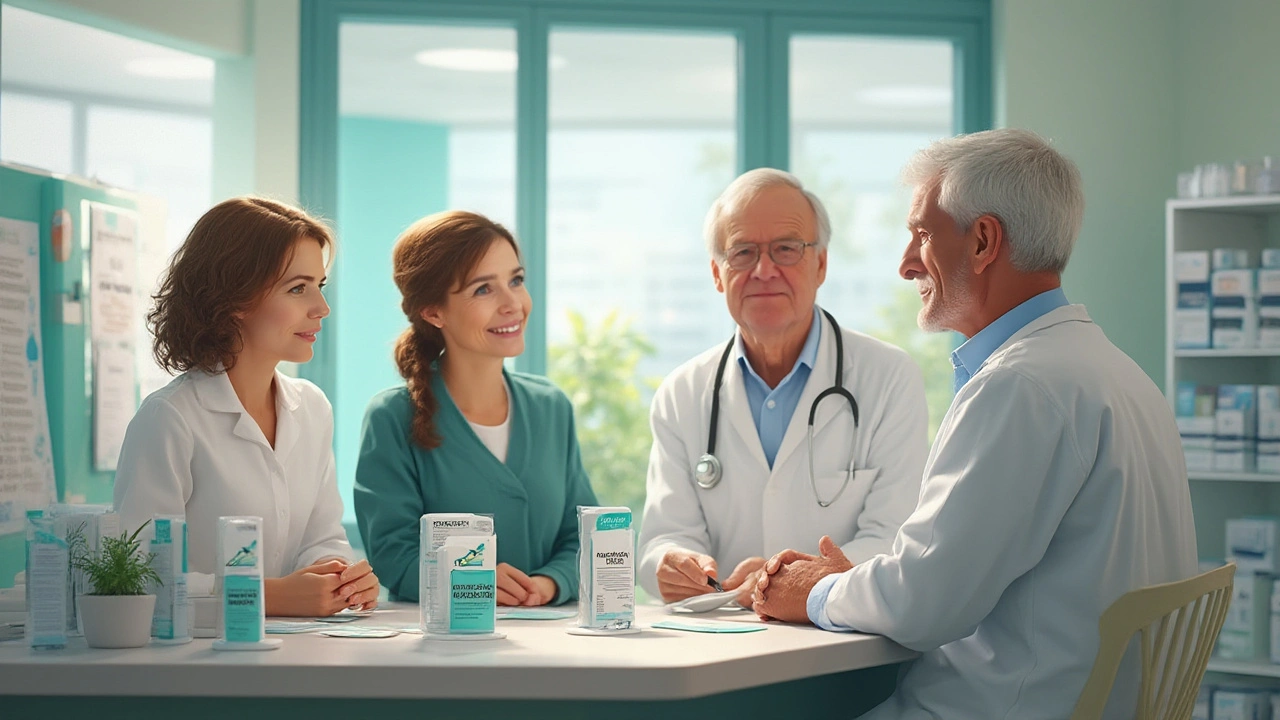LDL Cholesterol – What It Is and How to Lower It Naturally
If you’ve ever seen a blood test showing “LDL = 160,” you probably felt a mix of confusion and worry. LDL stands for low‑density lipoprotein, the particle that carries cholesterol from your liver to every cell in your body. In small doses it’s fine, but when levels climb too high they can stick to artery walls, form plaque, and raise heart attack risk.
Understanding why LDL matters is the first step toward controlling it. Unlike HDL (the “good” cholesterol), LDL tends to deposit fat inside arteries. The more LDL you have, the thicker the plaque gets, narrowing blood flow and making clots more likely. That’s why doctors focus on lowering LDL as a core part of heart‑health care.
Why LDL matters for your heart
When LDL builds up, it triggers inflammation. Your immune system sees the plaque as an invader and sends cells to attack, which can further damage the artery lining. Over time this process creates a stiff, narrow tube that forces the heart to work harder. Even if you feel fine, hidden plaque can cause silent damage.
Research shows that each 1 mmol/L (about 39 mg/dL) drop in LDL cuts your risk of a major cardiovascular event by roughly 20%. That’s a huge win for a change that often costs nothing more than swapping a snack or adding a walk.
Practical ways to bring down LDL today
Eat the right fats. Swap butter and fried foods for olive oil, avocado, nuts, and fatty fish. These sources are rich in monounsaturated fats and omega‑3s, which help lower LDL while raising HDL.
Boost soluble fiber. Foods like oats, beans, apples, and carrots trap cholesterol in the gut and pull it out of circulation. Aim for at least 25 g of fiber a day to see results.
Cut added sugar and refined carbs. Sugary drinks, white bread, and pastries spike insulin, which can raise LDL and lower HDL. Replace them with whole‑grain options and low‑glycemic fruits.
Stay active. Moderate exercise—like brisk walking, cycling, or dancing—for 150 minutes a week improves the size of LDL particles, making them less likely to stick to artery walls.
Consider natural supplements. Red yeast rice, plant sterols, and omega‑3 capsules have been shown to lower LDL by 5‑15 %. Talk to your pharmacist before adding any supplement, especially if you’re on prescription meds.
Check your weight. Even a modest loss of 5–10 % of body weight can drop LDL levels noticeably. Focus on sustainable habits rather than crash diets.
If lifestyle tweaks aren’t enough, doctors may suggest statins or newer cholesterol‑lowering drugs. But many patients start with the diet and exercise plan first, then evaluate medication only if needed.
Remember, lowering LDL isn’t about a single miracle food—it’s about consistent choices that add up. Track your meals, stay active, and get your blood work checked yearly to see progress.
Having trouble with statins like atorvastatin? Discover how bempedoic acid and inclisiran offer safe, effective LDL-lowering alternatives in 2025.
Jul, 14 2025

